
A thousand years ago, a kiln that used to bake early celadon on the Korean Peninsula was excavated in Haenam-gun, Jeollanam-do, located at the end of the southwestern part of the Korean Peninsula.
The kiln site in Hwawon-myeon, Haenam-gun has beem known as a large-scale production facility that produced celadon in the early Goryeo Dynasty. Here, 90 kiln sites have been discovered in 59 locations to date. Known as an early celadon production base on the Korean peninsula, however, the specific characteristics of the site has been unknown because excavations were not conducted so far.

Archaeologists have uncovered new facts after excavating some of the ruins.
As a result, the largest kiln made of clay in the southwestern part of the Korean peninsula and the finest celadon relics inherited from China's Yaozhou celadon ware were excavated.

The kiln baking the early celadon in the southwestern part of the Korean peninsula is known to be small sized with a length of about 10m. However, through this excavation, a kiln with a length of 50m, which has been confirmed so far, was discovered, and this is the largest kiln in the southwest region that has been investigated so far.
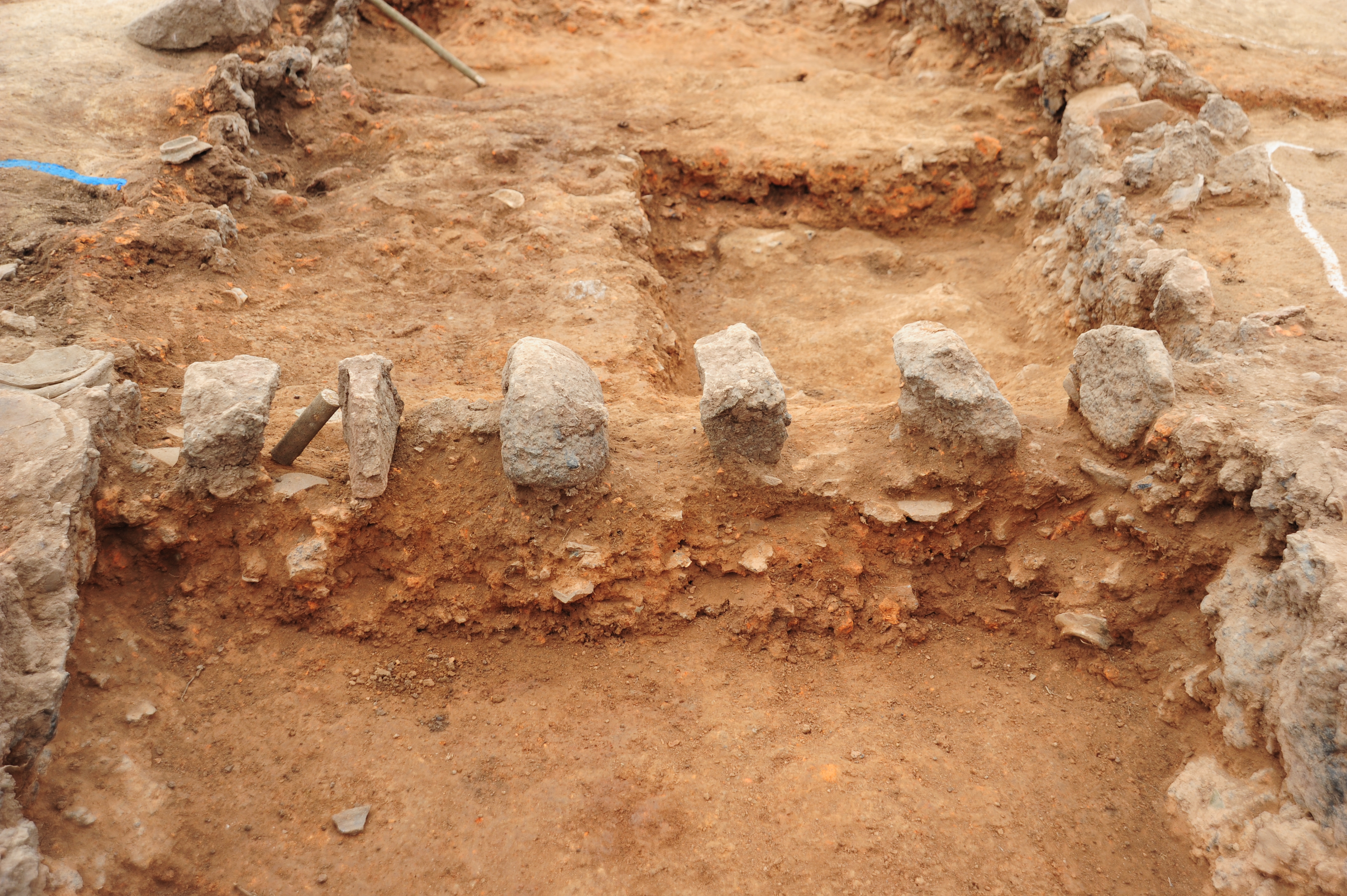
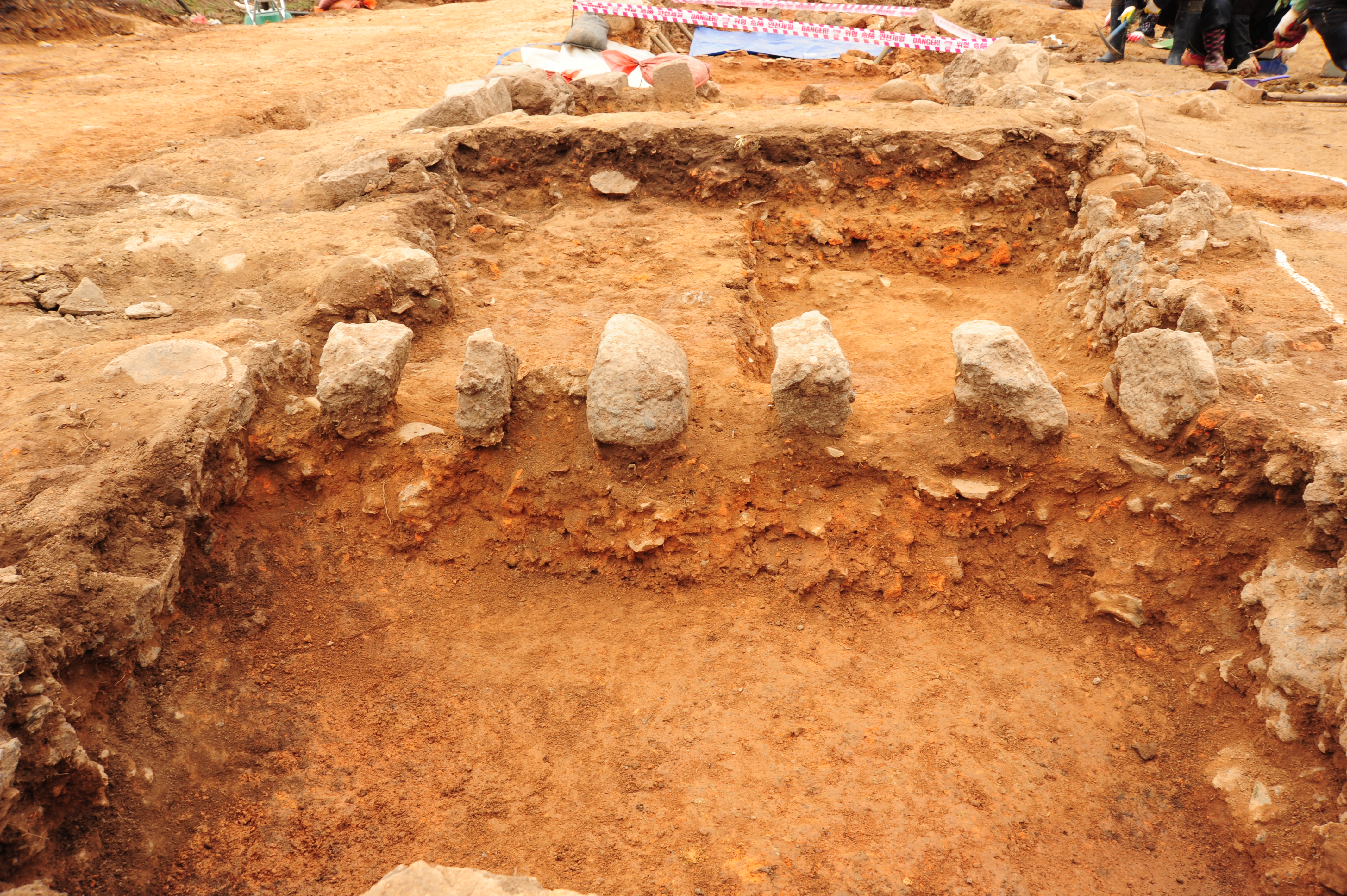
The early celadon produced here has an olive green color similar to that of the Yaozhou celadon.
In addition, more noticeable in this excavation is that "firewalls' at intervals of about 2.5m inside the kiln was first identified in the Goryeo celadon kiln.


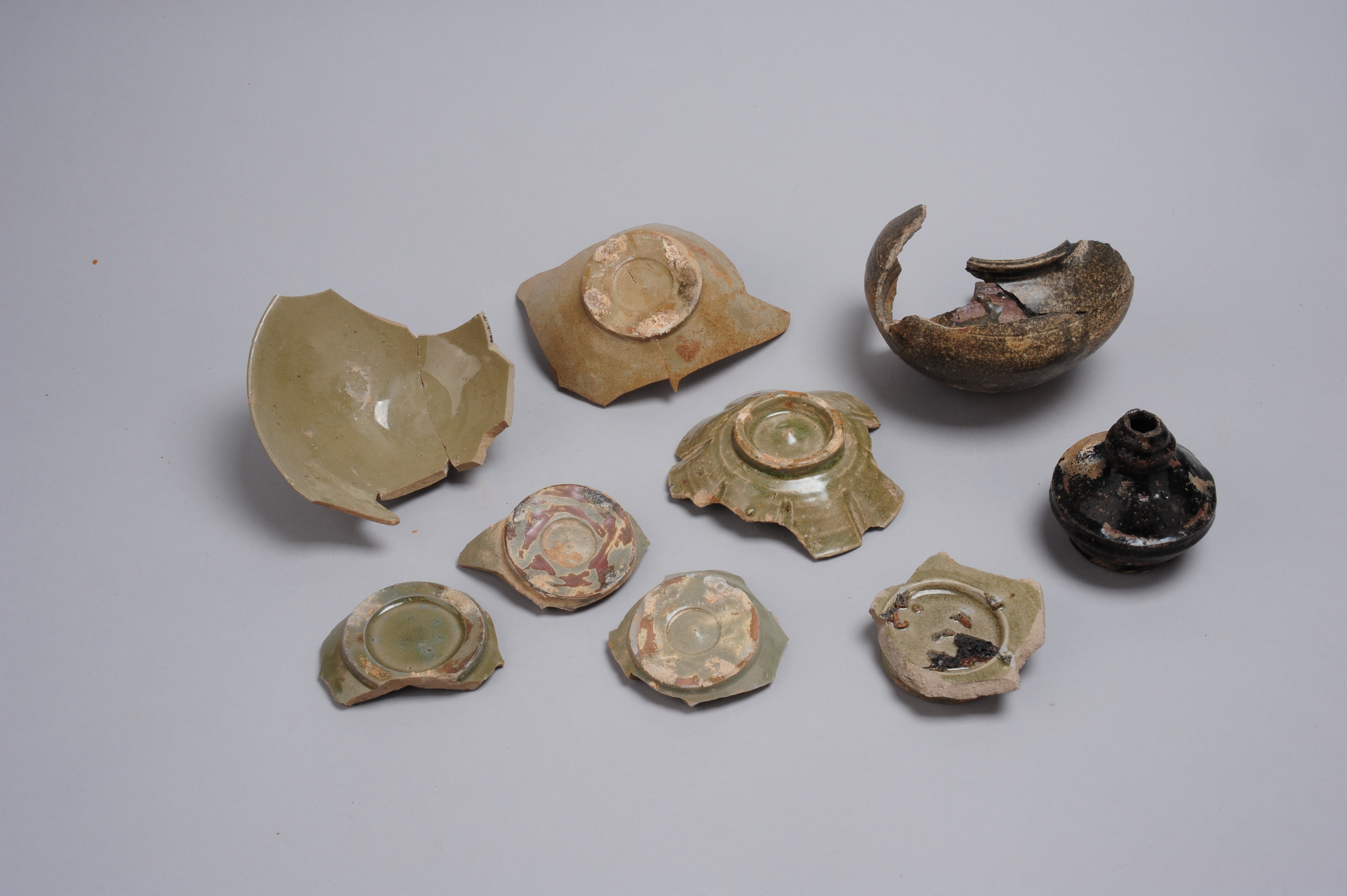

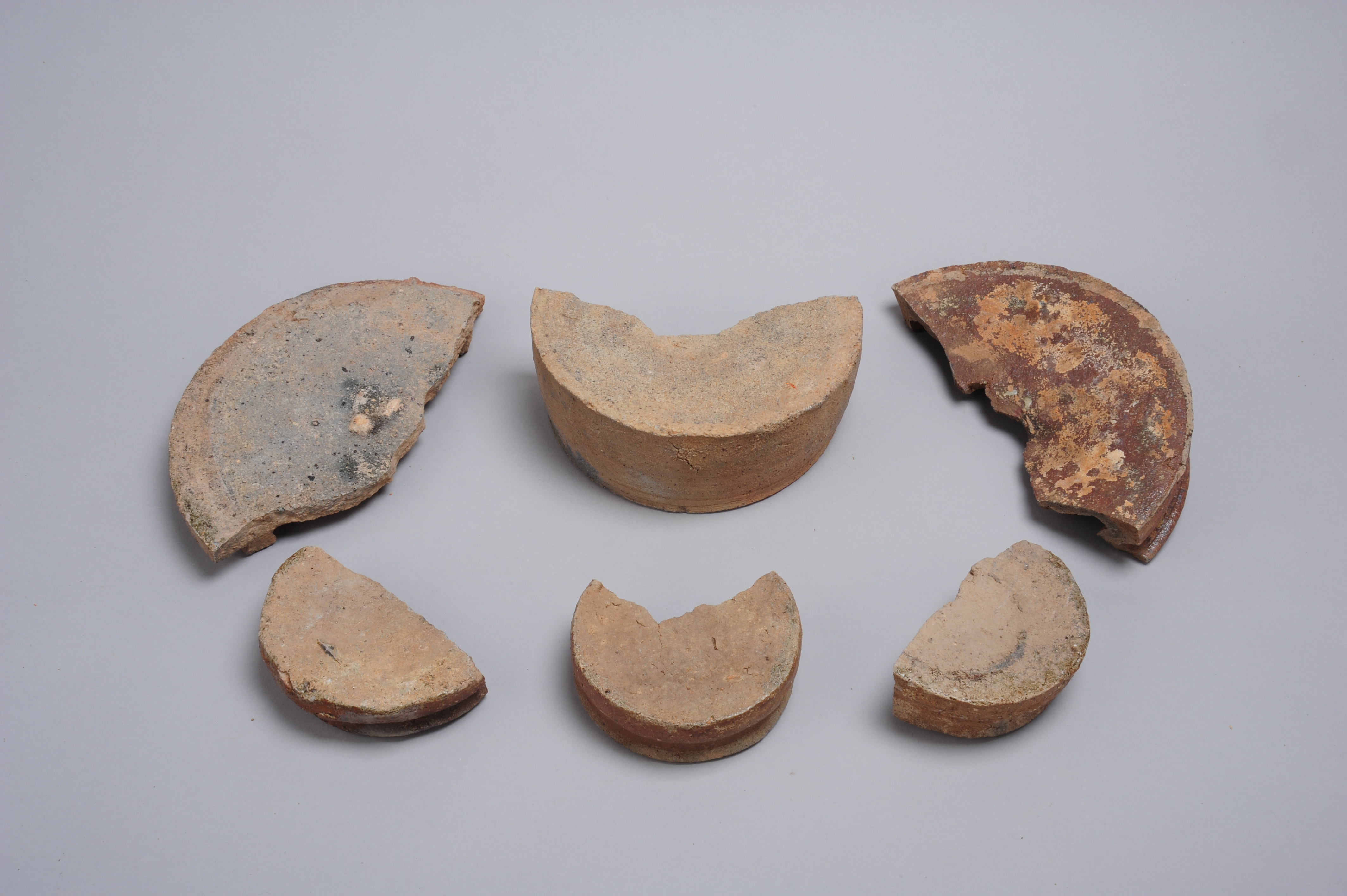
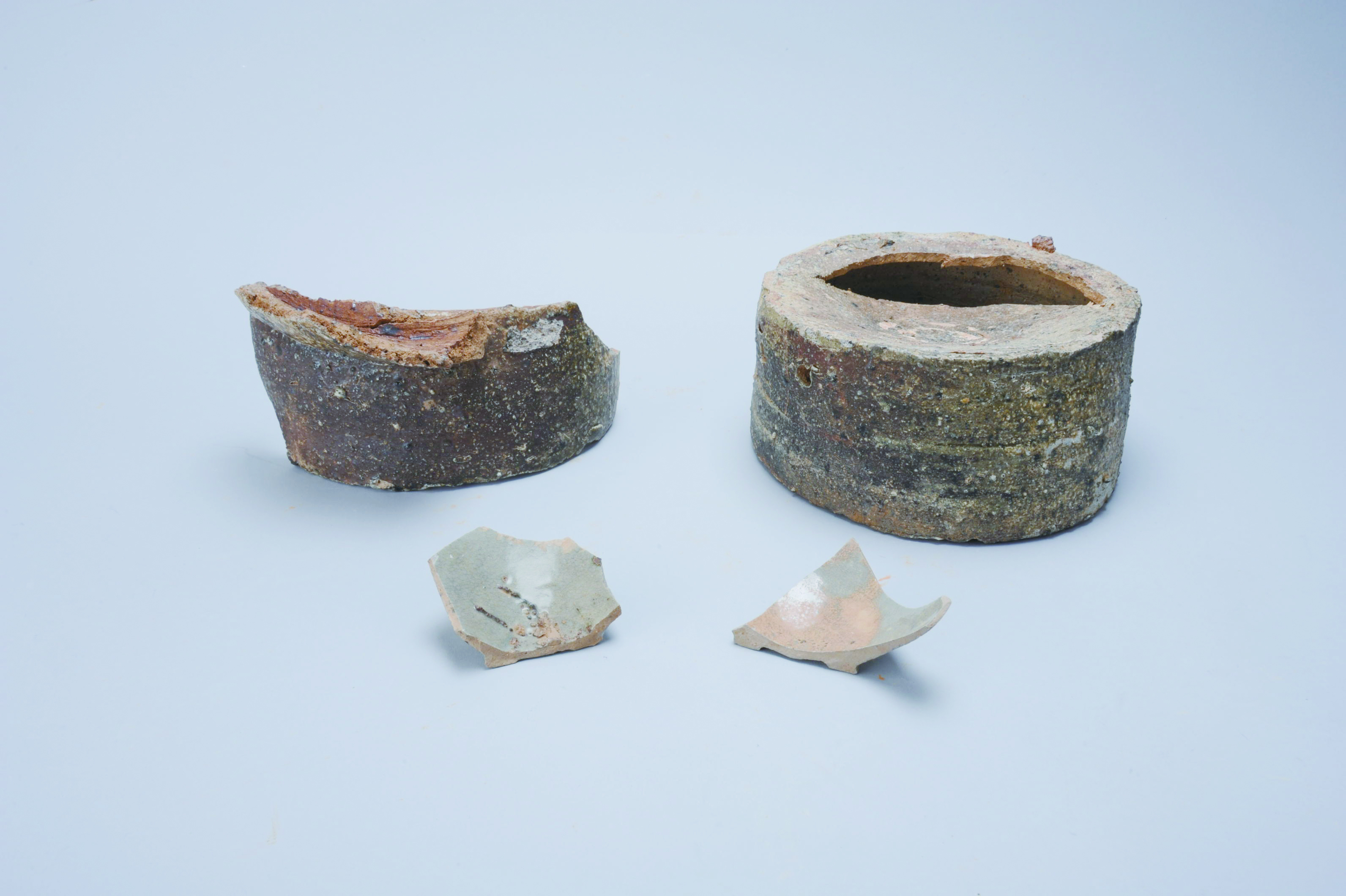
The firewalls were made by erecting long square stones in gaps.
This structure has not been confirmed in the early kilns made of bricks and kilns made of mud cooking the early celedon until now, and it is expected to raise new discussions on the structure and system of the early celadon kiln.

'NEWS & THESIS' 카테고리의 다른 글
| 일본 후쿠오카서 비단벌레장식 마구馬具 (1) | 2020.11.14 |
|---|---|
| 예산 가야사지서 고려 왕실 관련 흔적 (0) | 2020.11.13 |
| 불창기둥 해남 화원면 청자요지 발굴상보 (0) | 2020.11.11 |
| 불창기둥 드러낸 해남 신덕리 초기청자가마 (0) | 2020.11.11 |
| 사향노루도 노루다 (0) | 2020.11.10 |




댓글